Bare Root Hedging Plants
"If you're looking to create a hedge that's both cost-effective and garden-enhancing, bare root hedging is a brilliant way to go. These dormant, soil-free plants are supplied in their natural winter state, making them lighter to handle, quicker to plant, and much more affordable. Whether you're after privacy, wind protection or simply a stunning backdrop for your borders, bare root hedging gets the job done efficiently and reliably.
"You'll find a great choice of evergreen and deciduous options that establish quickly, support wildlife, and thrive in UK conditions. I highly recommend it for planting from late autumn through to early spring for the very best results." Peter McDermott, Head Gardener
OFF

OFF
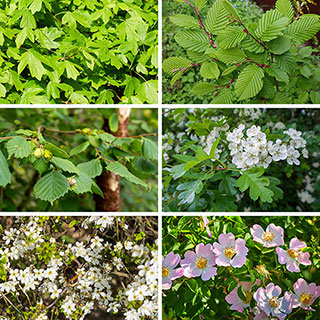
OFF

OFF
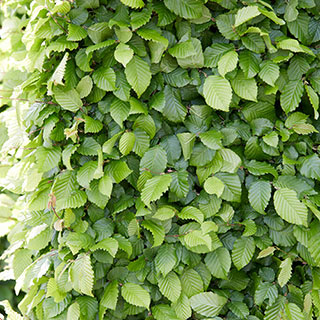
OFF
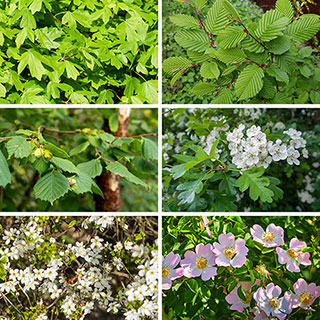
OFF
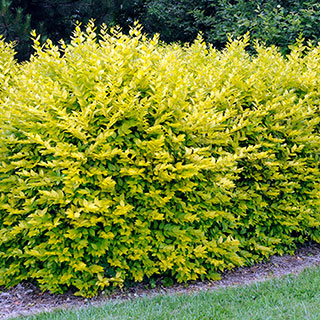
OFF
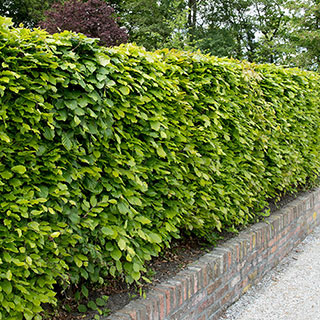
OFF
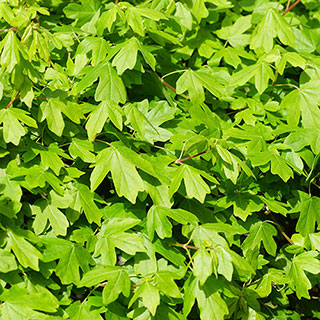
OFF
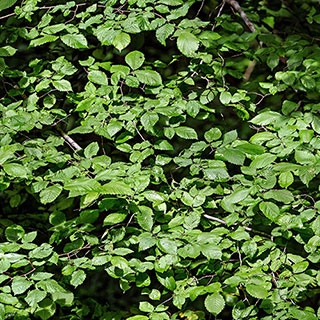
OFF
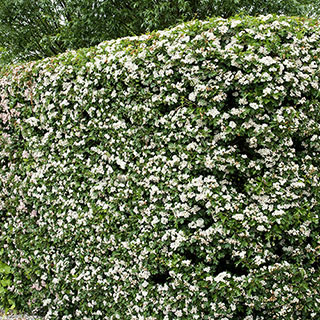
OFF

"If you're looking to create a hedge that's both cost-effective and garden-enhancing, bare root hedging is a brilliant way to go. These dormant, soil-free plants are supplied in their natural winter state, making them lighter to handle, quicker to plant, and much more affordable. Whether you're after privacy, wind protection or simply a stunning backdrop for your borders, bare root hedging gets the job done efficiently and reliably.
"You'll find a great choice of evergreen and deciduous options that establish quickly, support wildlife, and thrive in UK conditions. I highly recommend it for planting from late autumn through to early spring for the very best results." Peter McDermott, Head Gardener
Bare Root Hedging
Bare root hedging offers one of the most cost-effective and efficient ways to establish a hedge in the garden. Supplied without soil while dormant during the colder months, bare root hedging is lighter to transport, easier to plant, and far more affordable than container-grown alternatives. With a wide range of varieties available, from evergreen screens like Laurel and Privet to wildlife-friendly native mixes including Hawthorn and Hornbeam, bare root hedges provide structure, privacy, shelter, and seasonal interest throughout the year. Many are fast-growing, low maintenance, and perfect for larger planting schemes, offering excellent value for money and long-term benefits.
How to plant a bare root hedge
Begin by soaking the roots in a bucket of water for an hour or two before planting. Dig a trench wide and deep enough to comfortably accommodate the roots, then place the plants in a single or staggered row, spacing according to the variety (usually 3 to 5 plants per metre). Backfill with soil, firm gently and water in well. A mulch layer helps suppress weeds and retain moisture while the hedge establishes.
When to plant bare root hedging
The ideal time to plant bare root hedging is during the dormant season, typically from November to March. Planting at this time gives roots a chance to establish before spring growth begins. Avoid planting in frozen or waterlogged soil, and ensure the young plants are watered well during dry spells in their first year.
With their low cost, ease of planting, and rapid establishment, bare root hedges remain a popular choice for gardeners, landscapers, and wildlife lovers alike.

